
Justin Wheatley, “The Cactus”
On Friday evening, as part of the August Gallery Stroll, the ever-gracious and most erudite David Ericson and his staff hosted the Wheatley family of artists in their cozy gallery in the Avenues. In an exhibition titled Date Night, pride of place went to Justin Wheatley, fresh from a sponsored visit to New York City, whose paintings of that city largely filled the well-lit space. Also more than present were his wife, the architect and architectural photographer Camille Wheatley, and their teenage daughter, Sofi, a precocious artist in her own right to whom the Ericsons devoted their front wall, which usually displays a rotating selection from the gallery’s extensive holdings of premier Utah artists.
Justin Wheatley is a devout member of the LDS community, who views his art as part of his effort to improve the world through its practice. I say this not on the basis of having followed his artistic evolution over the years, but because it was the first, and apparently to him the most important, point in his Art Talk at the opening. To me it was evident that New York, a city that boasts nearly one million buildings, was the ideal locale for an artist whose primary subjects are the abodes—and, here, the street scenes—that house the implied but unseen human population that creates and inhabits them.
While he continues to paint individual buildings as exemplars, recently Wheatley has also moved in closer and often focuses on specific evidence of their occupants, as seen in “The Cactus” and several facades that foreground bicycles: exemplars of urban life that connect New York’s urban scene to those of cities throughout the world. This move closer, possibly influenced by Camille’s choice to focus on acts of observation, motivates the fragmentation seen, for example, in the gallery’s pairing of “Amsterdam Avenue” and “Penn Station.”

Justin Wheatley, “Searching for Something”
- Justin Wheatley, “Stories”
- Justin Wheatley, “Bike, NYC”
Yet what really stands out here is a complete abandonment of the singular, idealized point of view in favor of a simultaneous multitude that far better represents the reality of life in the city. These shifting vistas recall palimpsests: the products of the ancient scarcity of materials on which to write or draw that led to parchments having their images scraped off in order to reuse them. The resulting pages, shadowed by previous contents and rife with the feeling of time passing, are perhaps best seen today in the work of South African artist and filmmaker William Kentridge, which was shown recently at UMOCA. Wheatley’s examples range from photographic multiple exposures to more deliberate paintings, such as “Searching for Something,” in which a lone protagonist stands, alertly observant, among a swirling visual sea of folks attending what appears to be an outdoor market. It’s impossible to know from here whether he represents an imaginary image of a younger, missionary Justin Wheatley, or some anonymous but related figure, but it’s surely an extension of the artist’s LDS identity, reflected even in its title—a phrase often used by his colleague, Brian Kershisnik.
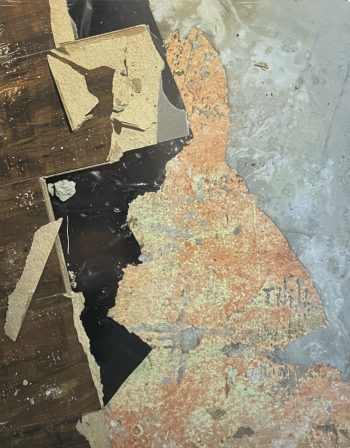
Camille Wheatley, “Stratum”
Camille Wheatley, meanwhile, is represented by four photographs that display her knack for finding visual epiphanies through her self-trained habit of ceaselessly observing her surroundings, then capturing them by meticulous camera work. One of them, “Stratum,” appears to peel back a century or more of decorative history in the accidental excavation of a well-worn floor.
And then there’s Sofi, who in age-appropriate revolt against her parents’ choices to view their fellow passengers on this planetary voyage entirely through disembodied works and habitations, fills her numerous canvases with colorful portraits of what might be her friends and schoolmates, or maybe a cast of imaginary young women as she would like to meet them. Painted in a flat, faux-primitive style, they not only display a cornucopia of ornamental clothing and background details, but riff on painting styles of the Modern era that leave no doubt she is both a sophisticated and a canny artist, at a rather precocious age.
In an age when the demands of ambition tend to produce new generations that attack their elders, rather than follow or collaborate with them, it’s wonderful to see a family produce a continuity through art. This one can be seen at David Ericson’s, in the Avenues.
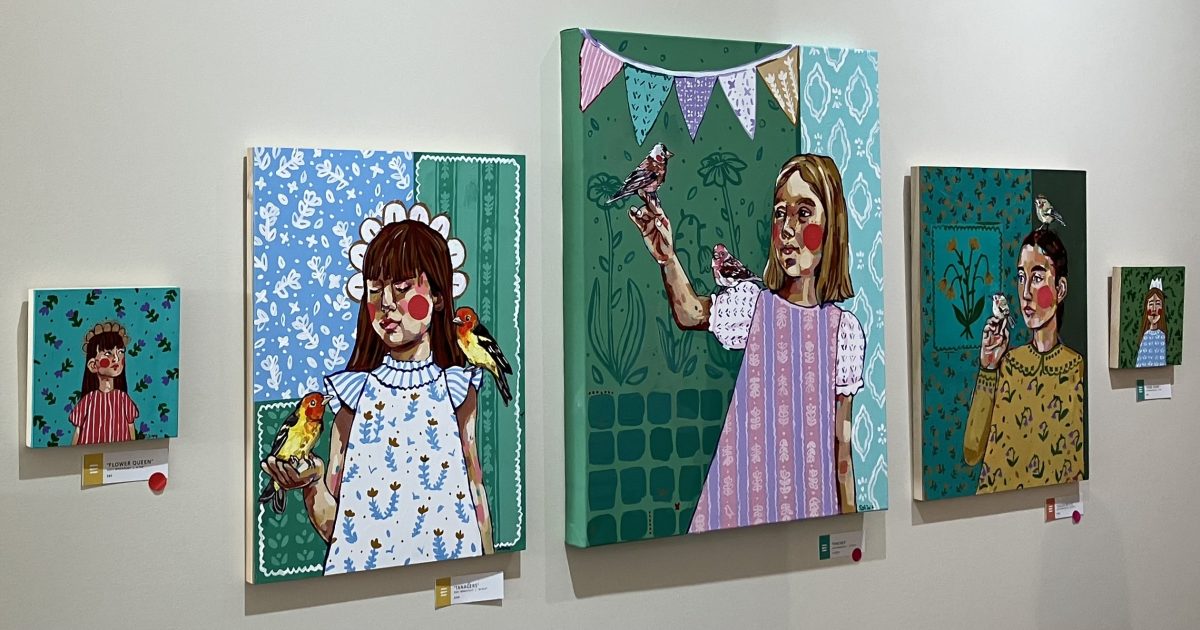
A series of works by Sofi Wheatley at David Ericson Fine Art.
Date Night: Justin Wheatley, Camille Wheatley and Sofi Wheatley, David Ericson Fine Art, Salt Lake City, through September 15.All images courtesy of the author.
Geoff Wichert objects to the term critic. He would rather be thought of as a advocate on behalf of those he writes about.
Categories: Exhibition Reviews | Visual Arts

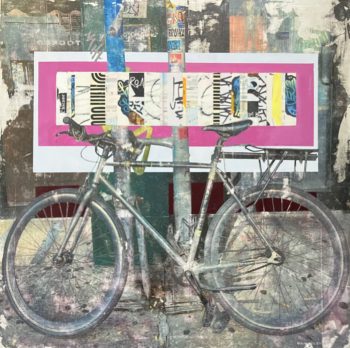
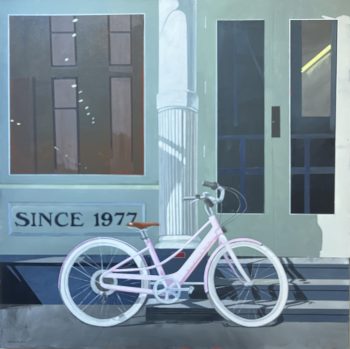






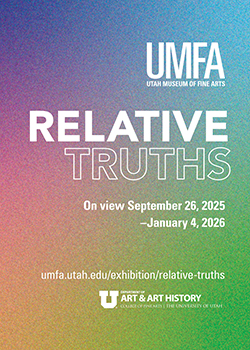

I do wish David Ericson’s gallery could be open on weekends, though I realize he is always most accommodating. I am eager to see this show, especially after reading a very fine review. “It’s wonderful to see a family produce a continuity through art.” What a rich and wonderful observation. Thank you, Geoff Wichert, for this and all your creative work in 15 Bytes.